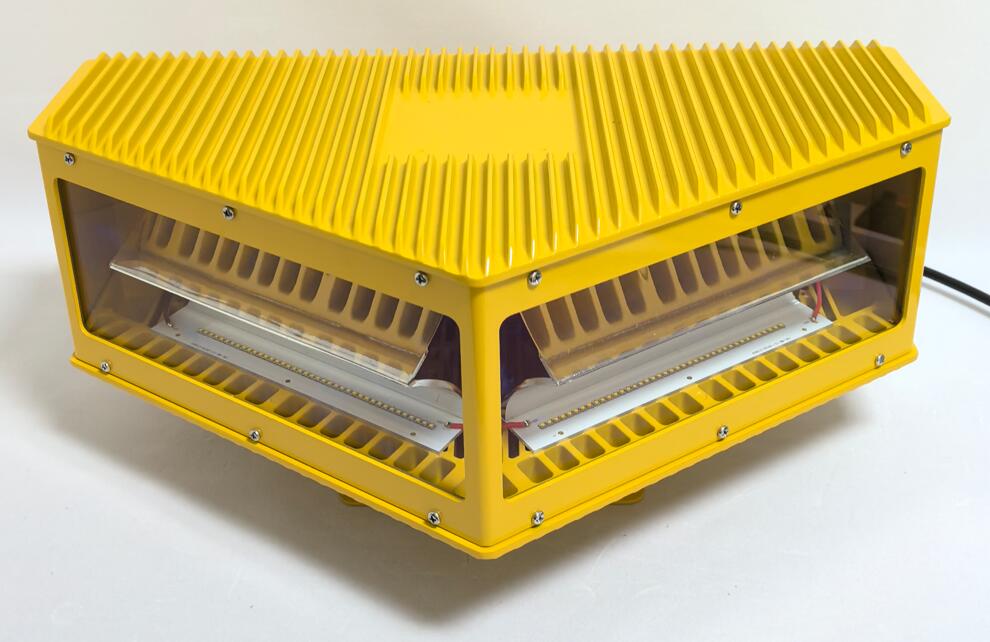Tower Obstruction Lighting: The Guardian Angels of Aviation Safety
As our skylines continue reaching new heights with increasingly taller structures, tower obstruction lighting has become an indispensable component of aviation safety. These specialized lighting systems serve as silent sentinels, protecting aircraft from potential collisions with towers, wind turbines, and other tall structures. This article examines the critical role of tower obstruction lighting, exploring its various types, technological advancements, regulatory requirements, and future trends in the aviation industry.
The Vital Role of Tower Obstruction Lighting
Tower obstruction lighting systems perform three essential safety functions:
Collision Prevention: Making tall structures visible to pilots in all weather conditions
Height Identification: Helping aircraft maintain safe altitude clearance
Navigation Aid: Serving as visual reference points during flight
Without these lighting systems, the modern aviation landscape would face significantly higher risks of tower-related accidents, particularly during nighttime operations or poor visibility conditions.

Types of Tower Obstruction Lighting Systems
1. Red Obstruction Lights
• Steady-burning or flashing configurations
• Typically used for structures under 150 meters
• Most common on communication towers and urban buildings
| Tower Obstruction Lighting |
2. Medium-Intensity White Lights
• High-visibility strobes for daytime recognition
• Often combined with red lights for twilight periods
• Standard for structures between 150-300 meters
3. High-Intensity White Strobe Lights
• Powerful flashing systems for very tall structures
• Visible up to 20 nautical miles in clear conditions
• Required for structures exceeding 300 meters
| Tower Obstruction Lighting system |
4. Dual Lighting Systems
• Hybrid red/white configurations
• Provide continuous day/night visibility
• Used in high-traffic airspace zones
Regulatory Framework and Compliance
Tower obstruction lighting standards are governed by:
• ICAO Annex 14: International Civil Aviation Organization guidelines
• FAA AC 70/7460: U.S. Federal Aviation Administration requirements
• EASA CS-ADR-DSN: European Aviation Safety Agency specifications
Compliance involves:
Proper light intensity and color specifications
Correct placement and spacing of fixtures
Regular maintenance and performance testing
Technological Innovations in Tower Lighting
1. LED Revolution
80% greater energy efficiency than traditional lighting
50,000+ hour lifespan reduces maintenance needs
Improved visibility with lower power consumption
2. Smart Monitoring Systems
Real-time performance diagnostics
Automated fault detection and alerts
Remote brightness adjustment capabilities
3. Solar-Powered Solutions
Off-grid operation for remote locations
Battery backup systems for continuous operation
Reduced environmental impact
4. Wireless Synchronization
Precise flash sequencing without complex wiring
Easy integration with existing structures
Scalable for multiple tower installations
Emerging Trends in Obstruction Lighting
Drone-Compatible Systems: Adapting lighting for low-altitude UAV traffic
AI-Powered Maintenance: Predictive analytics for component failures
Sustainable Designs: Recyclable materials and energy-neutral operation
Enhanced Visibility Systems: Integration with radar and other detection technologies
Implementation Best Practices
For optimal tower obstruction lighting performance:
Conduct thorough site-specific risk assessments
Select appropriate lighting types based on structure height and location
Ensure proper installation by certified professionals
Establish regular maintenance schedules
Keep detailed records of inspections and repairs
Tower obstruction lighting systems represent a critical intersection of aviation safety and urban development. As our infrastructure continues to reach new heights, these lighting solutions must evolve with smarter, more efficient technologies that meet stringent safety requirements while addressing environmental concerns. The future of tower obstruction lighting lies in intelligent systems that not only prevent collisions but also communicate with aircraft and adapt to changing airspace conditions.
